Frying Pan Glacier/Whitman Crest, MRNP.
The sun was scheduled to make it's annual appearance in the PNW Saturday, and Scotsman50 had floated the idea of skiing the Frying Pan Glacier. Alto's [ame="http://www.tetongravity.com/forums/showthread.php?t=194295"]report[/ame] of good conditions earlier in the week solidified the plan, but then an extreme avalanche report was issued for the volcanos and the prospects for touring partners dried up.
But my 11yro son was still up for the challenge.
Knowing it was meant to warm up and send freezing levels upwards of 13000ft, an "early" start was required, though it's not easy to get kids up in the middle of the night to go skiing and it was just after 6:30 by the time we were on the trail.
Proper breakfast for skiing any run that has "Frying" or "Pan" in it's name
From the Summerland trailhead at 3800ft, it's about 2 miles of easy trail walking before hitting continuous snow on the trail at 4600ft. 2 more miles of trail skinning brought us into the basin and Summerland at 5800ft.
There is one steep section approaching the Meany Crest ~7-7.5K that was the only point of concern for avalanche potential. Much of the surrounding rocks in the areas had already peeled off ~4-6" slough some time in the previous 24hrs, with other sloughs evident from being skied several days earlier.
A short boot straight up through the days old slough took us up and out of the avi danger.
Up- Little Tahoma and Ranier
Mt Adams peaking through
After 5000ft of climbing ~8800ft the little guy was spent. Even though we were an easy 500ft off the Whitman Crest and our high point, he found a nice rock to lie down on and napped.
Somewhat refreshed, it was a short hop to the top
Summit poser
Views of Little Tahoma and toward Camp Muir
Time to ski. The top 2000 on the Frying Pan Glacier held the best corn snow I've skied this spring, 1-2" ski pen.
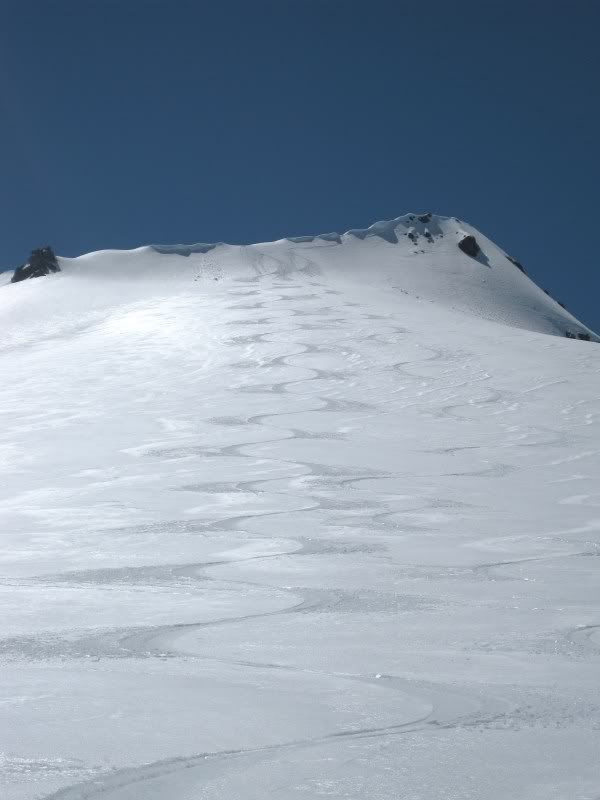
It was less consolidated and mushy on the steeps. A ski cut got the top 4-6" of slush to move but without any propagation. The exposed bed surface skied decent.
Fast ripping turns down low
5500ft of climbing, ~4800ft of ski, somwhere ~12-13 miles round trip. Didn't see anyone else all day until we were back at the car.
This guy wanted me to share my beer with him
but I told him to bring his own next time.
Results 1 to 21 of 21
-
06-13-2010, 10:30 AM #1
 TR: Frying Pan Fun with the Son MRNP
Move upside and let the man go through...
TR: Frying Pan Fun with the Son MRNP
Move upside and let the man go through...
-
06-13-2010, 10:55 AM #2
F yeah, Greg, and damn your little guy is killing it! That's a big day out.
Looks like great skiing too. Fuck yeah, stoked!
-
06-13-2010, 11:03 AM #3
dude you kid is an animal!
-
06-13-2010, 11:20 AM #4
That's some great skiing from the kiddo. You must be one proud papa.
-
06-13-2010, 12:07 PM #5
looks like a fun day.
The trumpet scatters its awful sound Over the graves of all lands Summoning all before the throne
Death and mankind shall be stunned When Nature arises To give account before the Judge
-
06-13-2010, 12:29 PM #6
-
06-13-2010, 12:56 PM #7
nice 5678
Kill all the telemarkers
But they’ll put us in jail if we kill all the telemarkers
Telemarketers! Kill the telemarketers!
Oh we can do that. We don’t even need a reason
-
06-13-2010, 01:46 PM #8
Superb photos from what looks like a great day out...
-
06-14-2010, 12:29 AM #9
BAD. ASS.
Corn looks $$ and thats SO awesome that you are able to get your little guy out touring with you. Looks like hes a ripper, and he'd probably kick my ass on the up from the looks of things. Very cool TR thanks for sharing.
-
06-14-2010, 07:38 AM #10
Nice day out!
First I think that is impressive to that your 11 year old son is out there doing this stuff with Dad. The kid's got talent and great form. Awesome turns and a beautiful day.
I'm not passing judgement but asking. Let me say that again, I'm not passing judgement but asking because I got nervous reading this:
"Alto's report of good conditions earlier in the week solidified the plan, but then an extreme avalanche report was issued for the volcanos and the prospects for touring partners dried up.
But my 11yro son was still up for the challenge."
What if ...? In those conditions what if? Is your son as avy savy as he is a skier? You don't owe me or anyone else an answer but what if something happened, especially to you, would your son have the mental fortitude to deal with a situation?
-
06-14-2010, 09:55 AM #11
-
06-14-2010, 10:03 AM #12
11 y-o and 5k of vert?! Bad Ass is what comes to my mind too!
Great stuff dad!!!
-
06-14-2010, 11:08 AM #13
Ah, maybe poor wording on my part, the decision making process and responsibility was all my own. But to elaborate further, and answer, I would in no way put an 11 yr old in a situation where "what if" even comes into play.
The original "extreme" avi warning text has been lifted, but this news paper clip summed it up mostly:
Weather forecasters are telling people to stay off the higher slopes of mountains in the Cascades and Olympics through this weekend because of extreme avalanche danger.
Meteorologist Kenny Kramer with the Northwest Weather and Avalanche Center says a heavy snowfall last week and expected sunshine and warm weather will make it very dangerous above 8,000 feet. He says hikers should particularly avoid Mount Hood, Mount Rainier, Mount Adams, Mount St. Helens, Glacier Peak and Mount Baker.
A 27-year-old Olympia man is presumed dead after he was apparently caught in an avalanche Saturday on Mount Rainier. Ten other climbers were able to escape from the slide.
Our spring here in the PNW has been cooler and wetter than normal, resulting in continued snow fall above 8k, thus the issued warning in light of snow levels expected to climb to 13K. The avalanche fatality on Ranier last week occurred at 12.5K. Below 8K, temperature fluctuations have minimized snow acculumation such that in the same time 3-6 feet has come down above 10K, only 1 inch has fallen as low as 5K. This warning was specific to the volcanos, since it's pretty hard to get much above 8K in the PNW without being on one. The issuance of the warning alone was enough to make Scotmans50 lean against going (though at the last notice). I respected his decision, though I disagreed about the amount of inherent risk we would encounter along this route.
Which brings me to the point: route selection and risk minimization. Our planned choice of ski would have a high point of ~9350 ft to top out with no hang fire or slopes above. The Frying Pan Glacier itself from 7.5K to the top never exceeds a slope angle of much more than 15-20 degrees, pure meadow skipping at it's finest and near non-existant avi danger, barring a massive earthquake or volcanic eruption.
Continued route assessment. From the parking lot the first 4 miles are through forrested terrain with almost no slide paths up to 6K. My concern, regarding avalanches, was in the zone between 6.5-7.5K where the slope steepens, but also where there had been limited new accumulation and below the issued "warning zone". The concern here were step down avalanches due to cornice failure like we had observed the previous week at Naches peak:

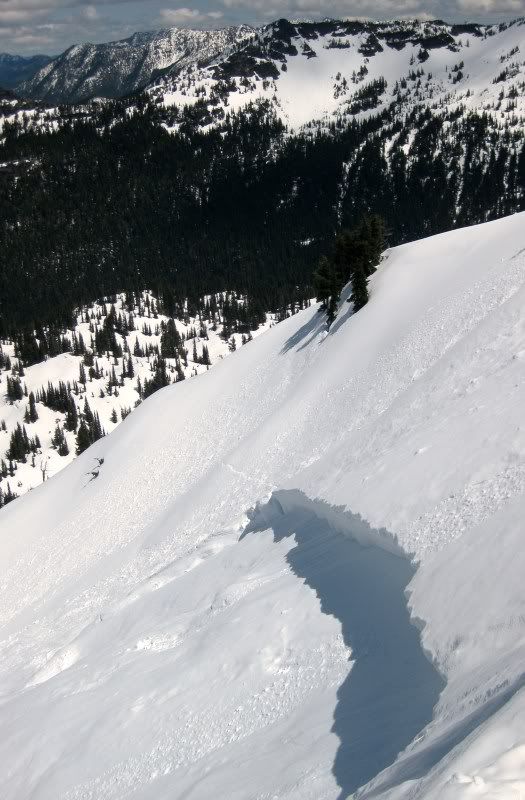
The route we selected up the Frying Pan had no corniced slopes, and from the pictures I posted originally the rocks had already released the slough slides, some of them days earlier as the result of ski cuts. We were further able to access a low angle slope to ascend to a ridgeline and again minimize exposure by ascending a slope through the steep section that had been ski cut previously. If I hadn't been comfortable in any way this is where we would have abandoned the tour and been satisfied with just a long slog through the woods.
Thanks for your concern, I guess the way it was written it may have come off as "an extreme avi warning was issued but we ignored it" when in fact it safe travel when touring is always my primary objective.Move upside and let the man go through...
-
06-14-2010, 11:27 AM #14
Thanks.
I appreciate the response. Again was not judging you or your parenting skills. It did read as if you blew off the warnings, couldn't get a partner and then took your kid. Glad to here you did not.
I don't know you, your son, the terrain nor the conditions you were in. In general, just wondering if an 11 year old could handle the situation if, despite all your preparations, the shit hit the fan? That is for you to decide.
You do have an impressive young man for a son and with some mad skills to boot. You should be proud. It seems like he'll be well prepared for whatever life brings his way. Good job. Enjoy.
-
06-14-2010, 12:15 PM #15
me likey!

-
06-14-2010, 01:11 PM #16
Great shot of the boy on the summit
-
06-14-2010, 02:10 PM #17
W00t! Way to gett'r done Mofro.
Looks like it was an incredible day...
I considered it but the ambition level required was trumped by a mid morning meeting time and a short drive that lead to a good mountain bike ride with Graydon and Peaches...
-
06-14-2010, 08:37 PM #18
 Gel-powered Tech bindings
Gel-powered Tech bindings
- Join Date
- Dec 2004
- Location
- Amherst MA & Twin Mtn NH
- Posts
- 4,723
An 11-year-old kid with Dynafits -- nice!
Now I realize that this was the same kid who did the SW Chutes last year in alpine downhill boots. Was that b/c he couldn't fit into any Dynafit-compatible boot back then? (I have already been measuring my six-month-old daughter's foot and trying to calculate how long I have to wait...)
-
06-14-2010, 10:34 PM #19
Awesome. Love the father and son outings. You got a little ripper on your hands. Very nice.
-
06-15-2010, 12:12 AM #20
damn 13 miles and 5K with your kid ... I think I'd be done by the third safety meeting

He's definitely a little ripper - great form! Nice pics of your lines too._______________________________________________
"Strapping myself to a sitski built with 30lb of metal and fibreglass then trying to water ski in it sounds like a stupid idea to me.
I'll be there." ... Andy Campbell
-
06-15-2010, 08:17 AM #21
great outing. looks like the kid has a cool dad
 Ich bitte dich nur, weck mich nicht.
Ich bitte dich nur, weck mich nicht.

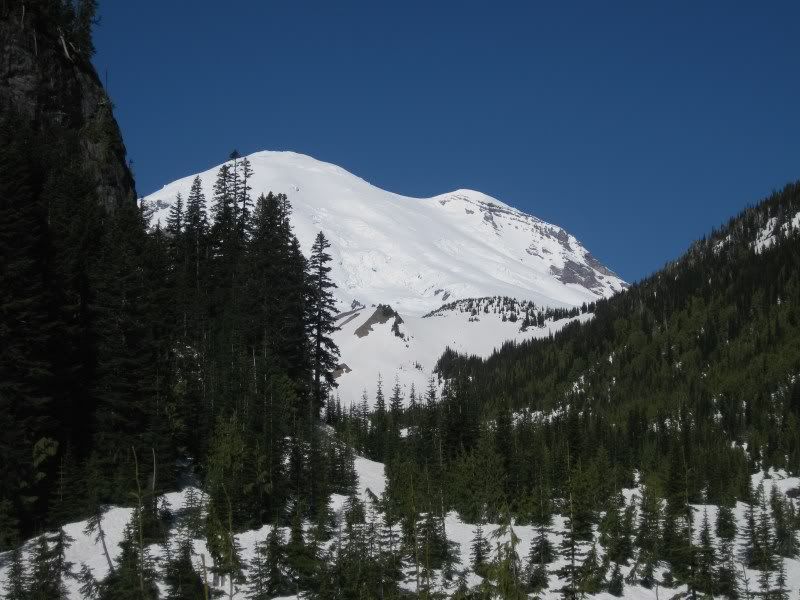
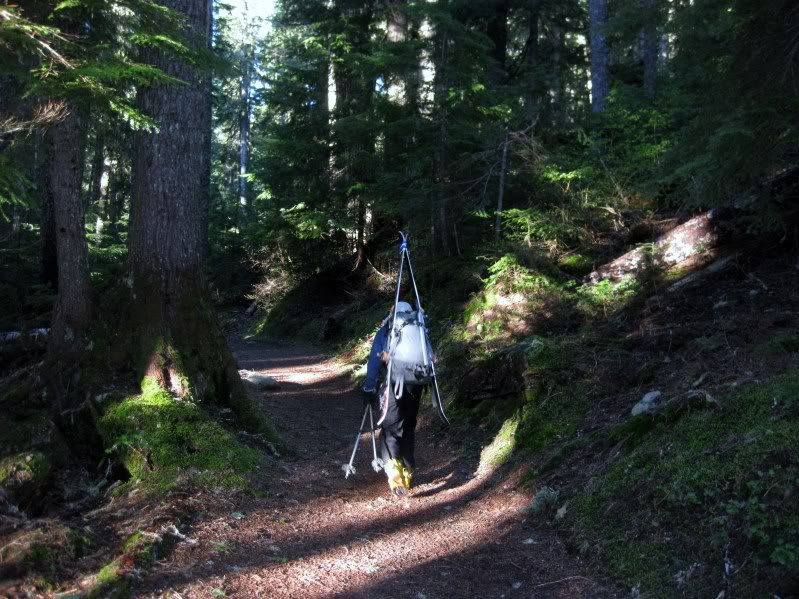
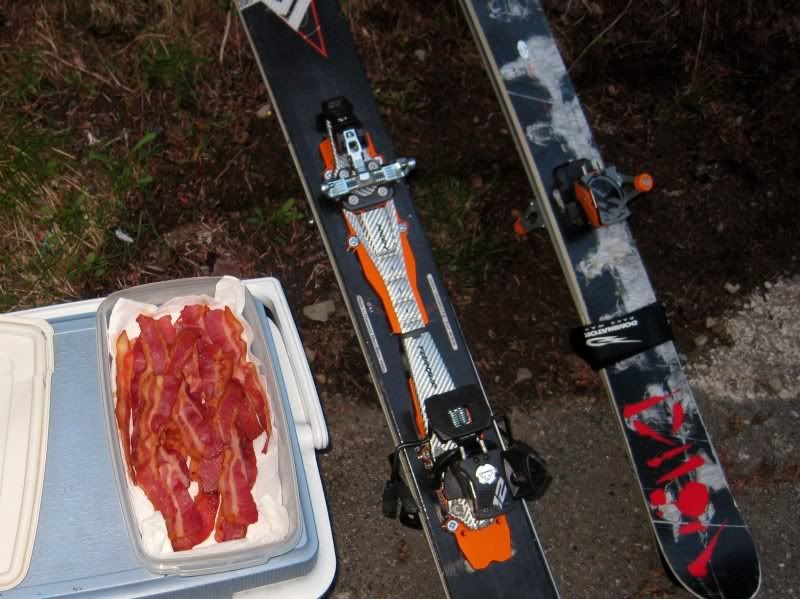
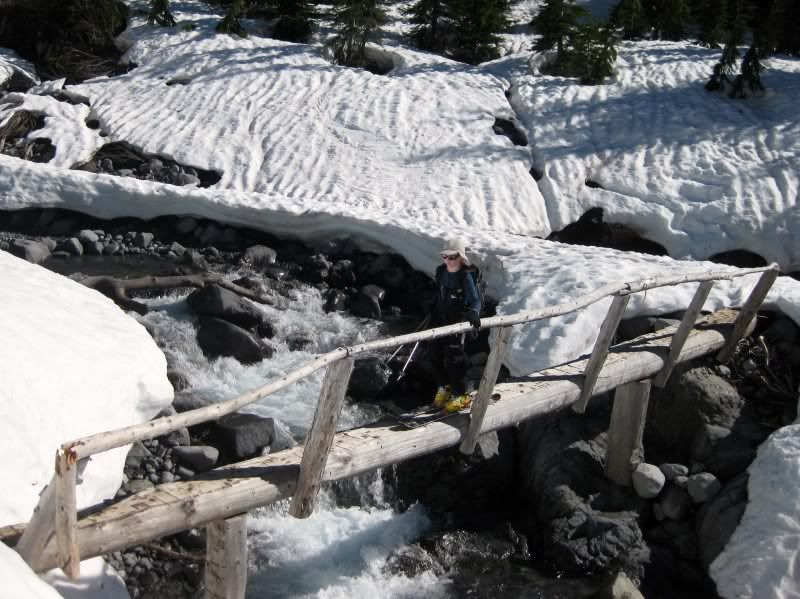
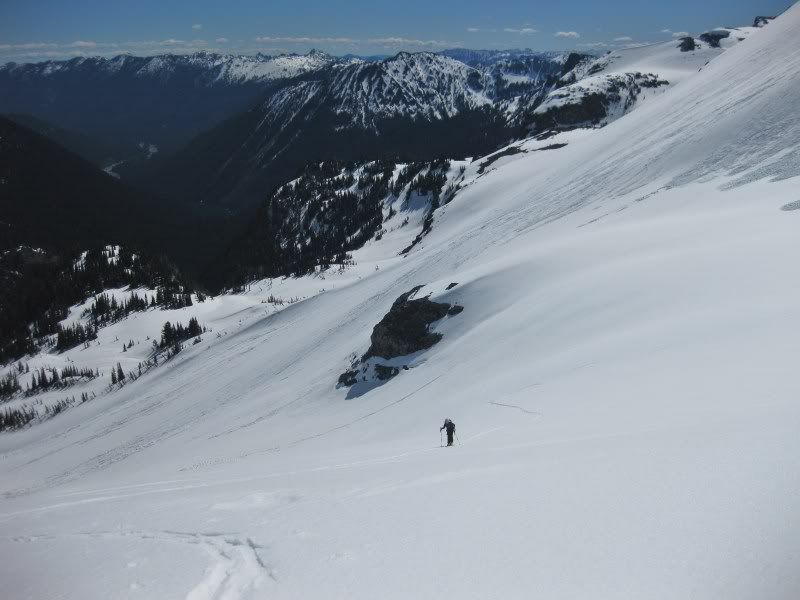

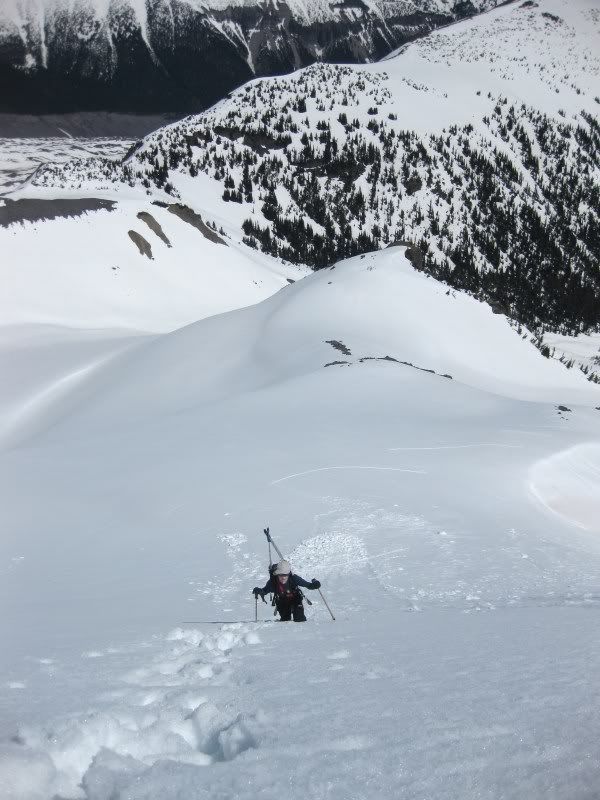

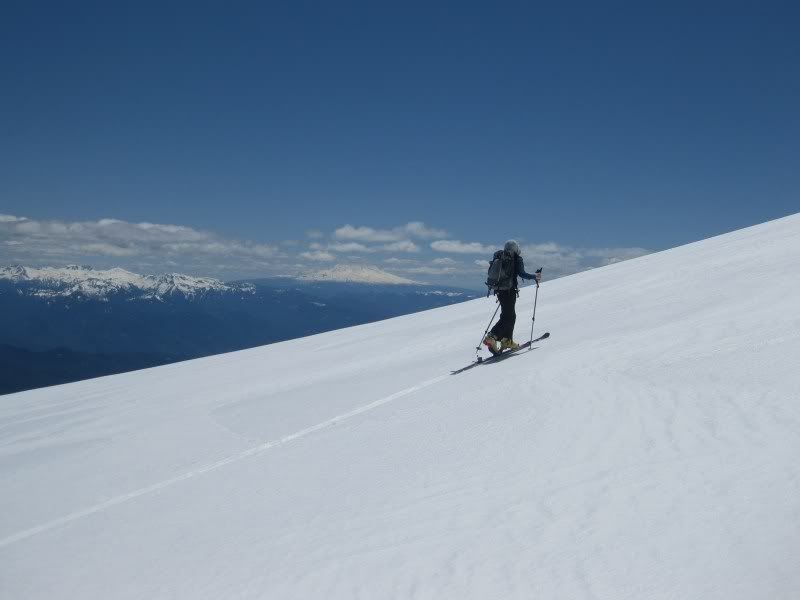
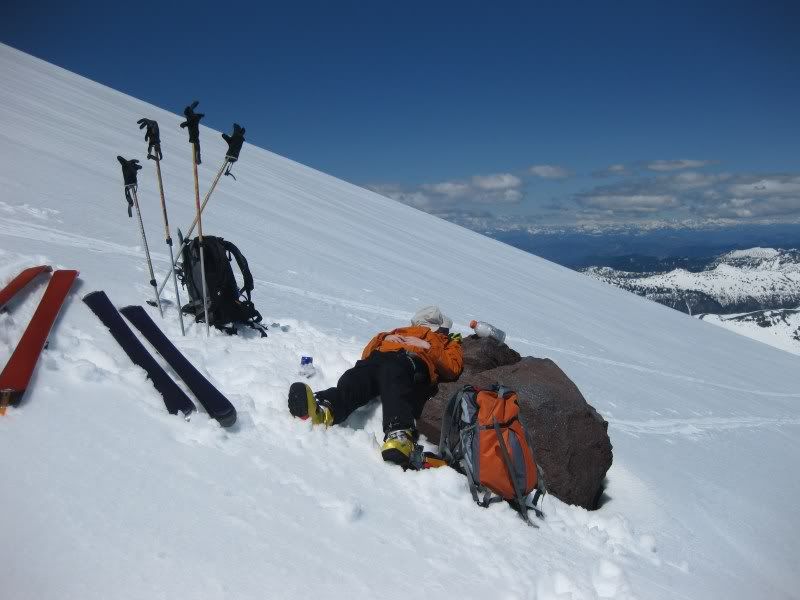
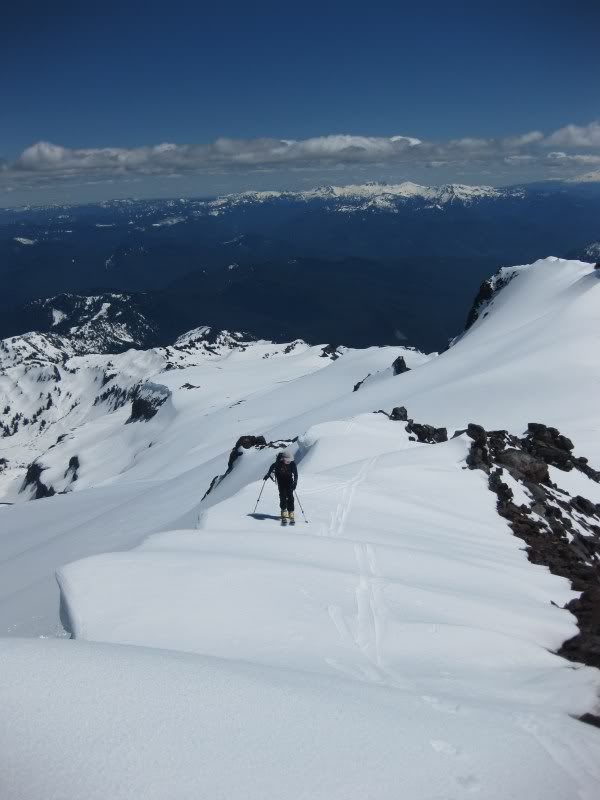
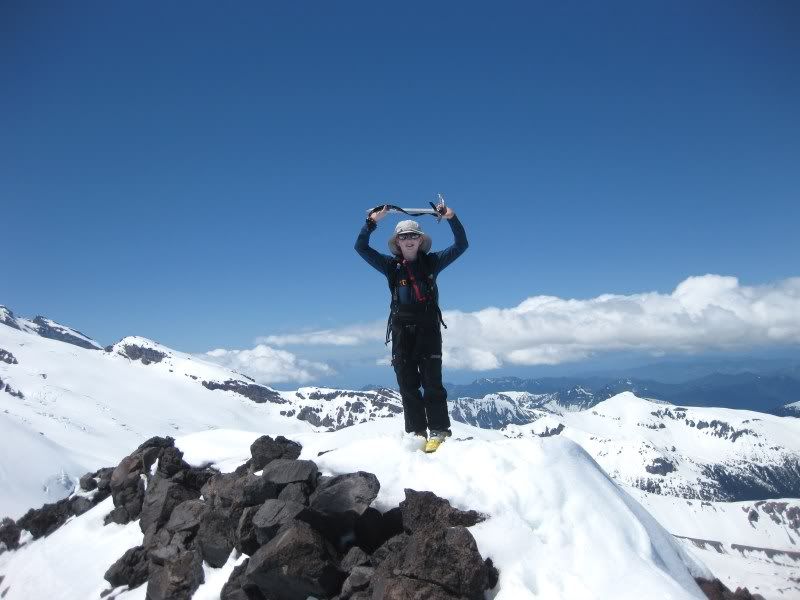
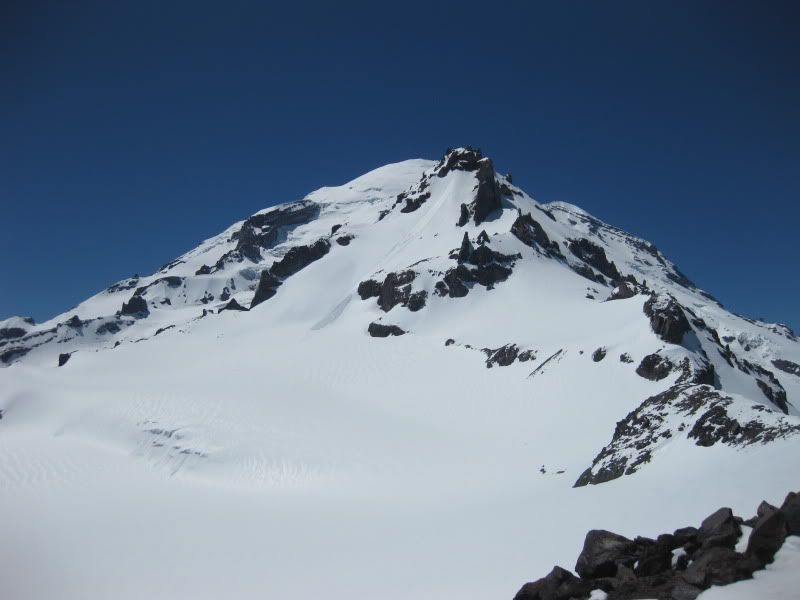
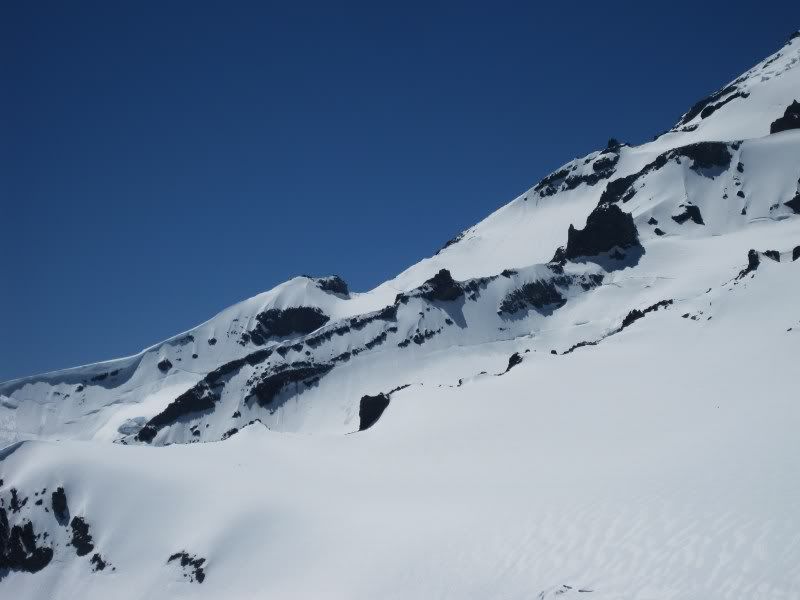
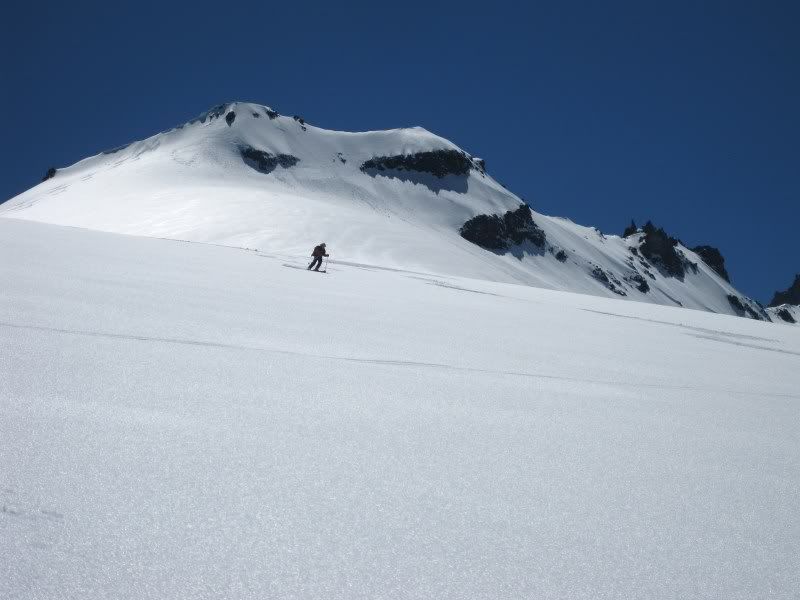


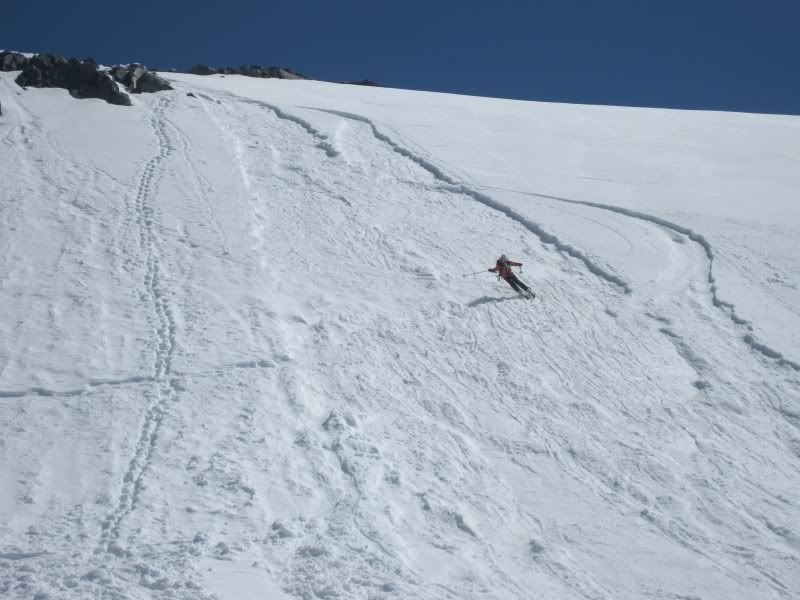


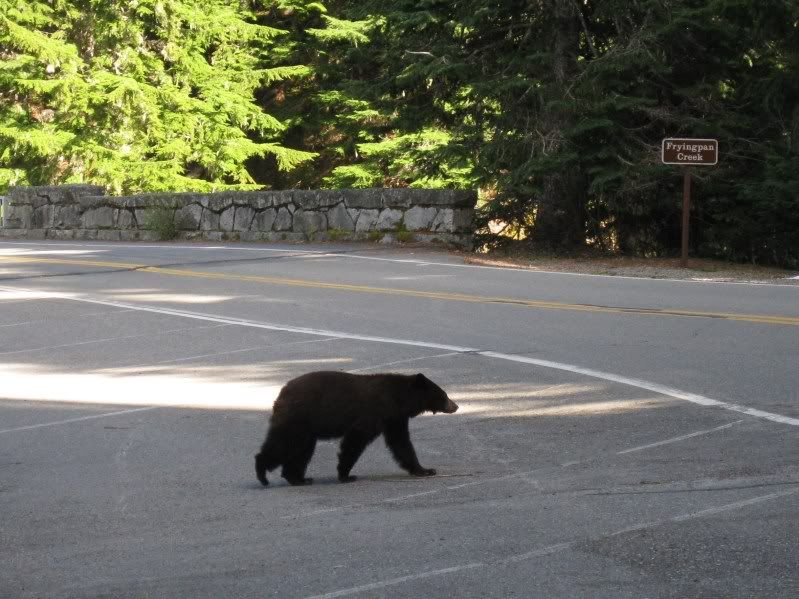

 Reply With Quote
Reply With Quote





Bookmarks